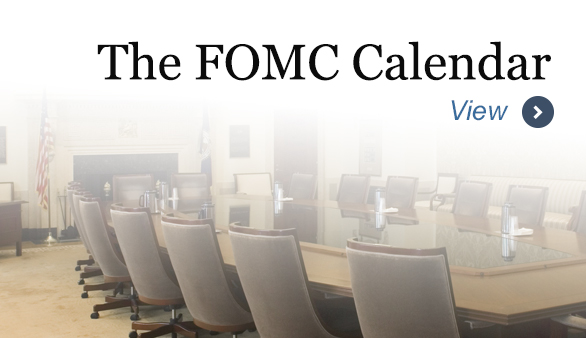Recent Developments
-
Testimony by Governor Bowman at her nomination hearing
Testimony - 4/10/2025 -
Minutes of the Federal Open Market Committee, March 18–19, 2025
Press Release - 4/9/2025 -
Federal Reserve Board announces termination of enforcement action
Press Release - 4/8/2025 -
Lecture by Governor Kugler on inflation dynamics and the Phillips curve
Speech - 4/7/2025 -
Speech by Governor Barr on artificial intelligence and banking
Speech - 4/4/2025 -
Speech by Chair Powell on the economic outlook
Speech - 4/4/2025 -
Speech by Governor Cook on the economic outlook
Speech - 4/3/2025 -
Speech by Vice Chair Jefferson on the U.S. economic outlook and central bank communications
Speech - 4/3/2025
Economy at a Glance
Policy Rate
Fed Funds Target Range
4.25% to 4.50%
Inflation (PCE)
Unemployment Rate
Gross Domestic Product (GDP)
Disaster Preparedness and Recovery Resources
Learn more about helpful resources for institutions and individuals who are recovering from California wildfires.
Fed Listens
Watch on-demand video of the Board's event from March 22, 2024.
Funding, Credit, Liquidity, and Loan Facilities and Reporting
Learn more about the facilities the Federal Reserve has established in response to events related to the COVID-19 pandemic and read reports filed with Congress pursuant to section 13(3) of the Federal Reserve Act.
Capital One-Discover Application and related materials
Access the Capital One-Discover Application and related materials.
Financial Innovation
The Federal Reserve Board is committed to supporting responsible fintech innovation, both by the firms we regulate directly, and in the financial market broadly.
Proposals for Comment
Find, review, and submit comments on Board proposals.
Select Statistical Releases
Federal Reserve Consumer Help
If you have a problem with a bank or financial institution, contact the Federal Reserve for help






